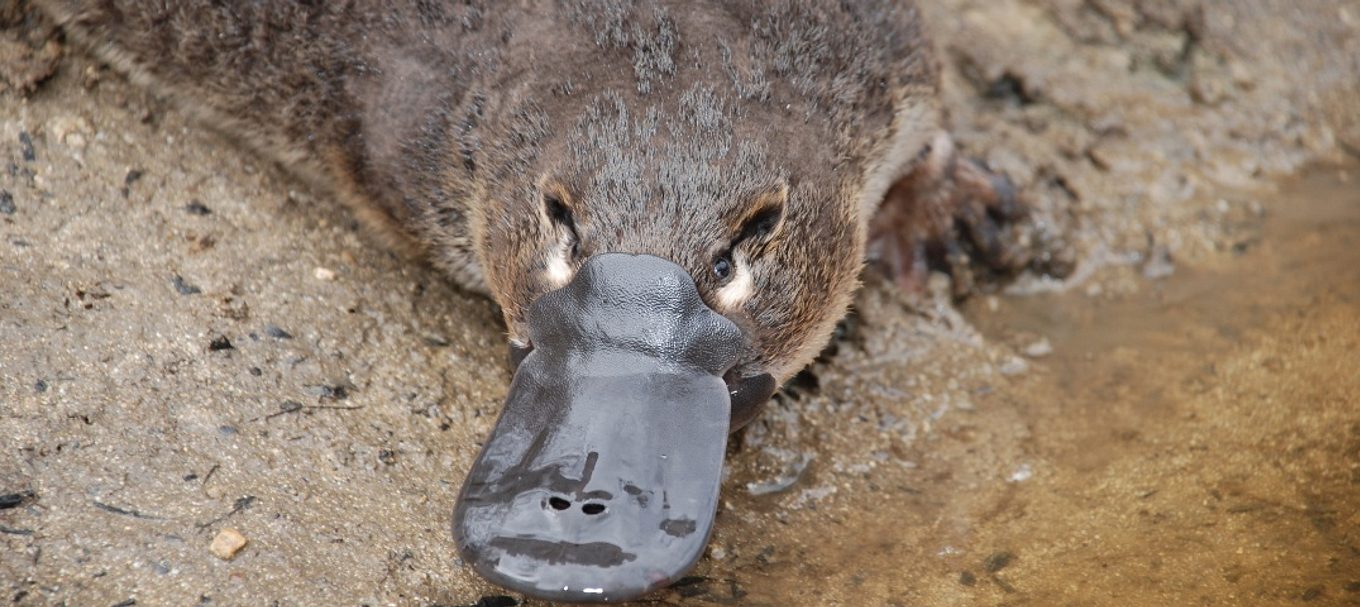
Find out how platypuses are faring on Kangaroo Island following the bushfires
There’s really only one place in South Australia to see a platypus in the wild, and that’s on Kangaroo Island (KI).
This unique species was one of many introduced to KI in the 1920s when the island was identified as a refuge for threatened wildlife.
Platypuses are generally found in and around the waterholes in the Rocky River region of Flinders Chase National Park, but the devastating 2019-20 summer bushfires severely impacted their habitat in this west-coast park.
Before the fires
Before the bushfires, KI’s platypus population was understood to be thriving, estimated at about 150 platypuses.
Platypus are secretive, often going about their lives discretely, requiring patience and a keen eye to spot them. The bulk of the population on KI live around waterholes in Rocky River and Breakneck River.
Many park visitors were lucky enough to see platypuses while on the Platypus Waterholes Walk last year, which is a two-hour return walk from the Flinders Chase Visitor Centre.
With SA experiencing its driest summer and start to autumn in many years, it’s thought the increased number of sightings last year may have been due to low water levels in the waterholes rather than any increase in the population.
What’s happening to help?
While the recent fires devastated much of Flinders Chase, there’s thankfully been a number of sightings of platypus in their usual spots within the park.
Wildlife recovery teams from the Department for Environment and Water are doing a lot of work to help this much-loved mammal survive following the fires.
After the fires, platypuses faced a significant risk from the effect of ash and sediment entering their pools, removing oxygen and ruining the water quality, and with it, their food supply.
Recovery teams have installed aeration pumps that create water movement, encouraging circulation and providing better habitat for the insects and invertebrates that platypus dine out on.
Water quality loggers have been installed to monitor changes in sediment loads and oxygen availability.
Periodic surveys are also being undertaken to assess the continued availability of the platypuses’ known food sources, such as mayfly larvae, yabbies and worms.
While the exact number of platypus remaining on the island today is yet to be confirmed, confidence can be drawn from the fact the population coped quite well after the 2007 blaze that hit KI.
Did you know?
- Platypuses don’t have teeth inside their bills. So when they scoop up worms, insects and shellfish from the bottom of streams and waterholes, they also scoop up gravel. They store this in pouches in their cheeks and munch away, using the bits of gravel as teeth to break up the tougher food.
- They also don’t have a stomach, but have a gullet that connects directly to their intestines.
- Their bills give them a sort of sixth sense, allowing them to detect electric fields generated by the muscles of other animals. So when they forage underwater, they keep their eyes, ears and nose closed, detecting food with their bills.
- Platypuses swim gracefully in the water, but move awkwardly on land. When on land they retract the webbing on their feet to expose nails which allows them to run. They also use their nails and feet to build dirt burrows near water.
- You can also add reproduction to the list of the platypus’s special features, as they are one of only two mammals to lay eggs (the echidna is the other).
- The females seal themselves inside their burrows to lay their eggs, generally producing one or two, which they keep warm by holding between their body and tail.
- The leathery eggs hatch in about ten days and the babies are about the size of a 20 cent coin (that coincidentally bears their likeness!).
- Babies nurse from their mother for three to four months, suckling from the two milk patches covered by fur on the female’s abdomen.
- Platypuses can live for up to 20 years.
How can you help?
To help support the recovery of species like platypuses in parks, you can donate to the National Parks and Wildlife Service South Australia and the Nature Foundation’s Wildlife Recovery Fund
To learn more about how species are recovering after the bushfires on Kangaroo Island, read our blog about theendangered KI dunnartor theglossy black-cockatoo. You might also be interested in learning about theimportant role bushfires play in biodiversity.
(Main image courtesy of C Wilson)





